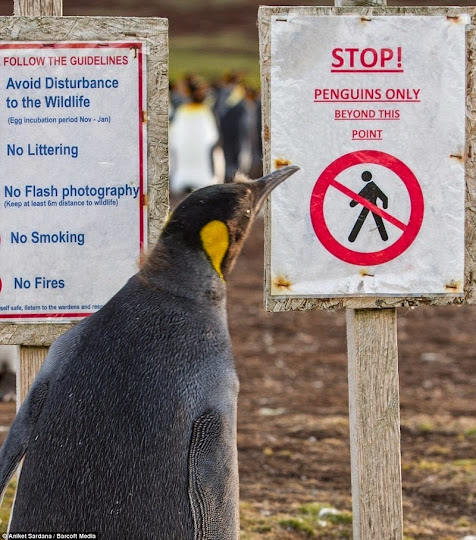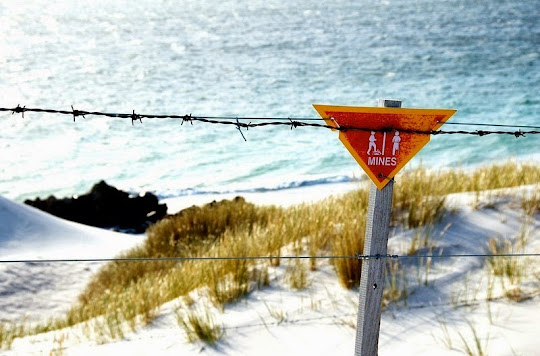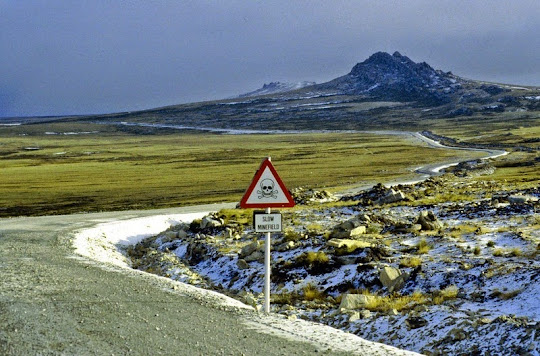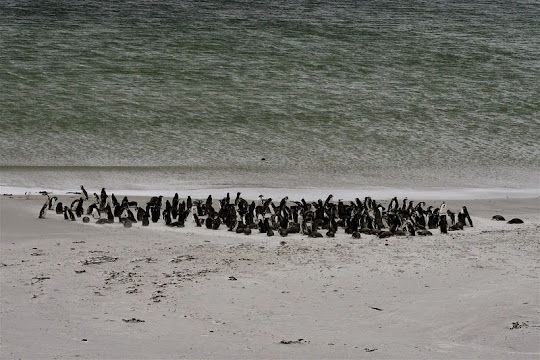
The 18th century was a popular time for whaling. The whale oil industry was booming, and the Falklands was an ideal place for catching whales and extracting whale oil. To produce whale oil, the blubber is separated from their bodies, and the fat is put on fire in gigantic vats of boiling water. But the Falklands is completely devoid of trees. The only vegetation here are a variety of wind-resistant dwarf shrubs that are entirely useless as fuel. Without wood to keep the fire going, the whalers started using another plentiful resource that made a suitable fuel - penguins.
Unfortunately for them, penguins have considerable amount of fat under their skin, and the whalers knew that fat is inflammable and makes a great substitute for fuel. The animal is also flightless and docile in nature, making them easy to catch. So whenever the fires got low, they simply grabbed a few penguins and threw them into the fire. By the time the whale oil business died out, millions of penguins have been burned. 300 years ago, before the Europeans arrived, the islands were teeming with an army of penguins 10 million strong. This figure was reduced by 95%. Then the Argentinean invasion happened.
The Argentines wanted their islands back, and to deter the British from reclaiming the area they captured, its military laid down more than 20,000 landmines along the beaches and pastureland near the capital city. After the war ended, the British government made an effort to clear the minefields but it was a dangerous and laborious effort. Instead, they decided to fence off the explosive zones and put up signs warning people to stay away from the area. With humans out of the way away, these minefields have since become accidental sanctuaries for the islands’ penguins. These animals are light enough to hop about the minefields without setting off a mine, so they move around busily finding partners, preparing nests and waddling about the mating grounds. Over the last thirty years, their numbers have risen. Today, the Falkland Islands are home to 1 million penguins. These odd sanctuaries have proven so popular and lucrative for ecotourism that efforts exist to prevent removal of the mines.







Source
